
© Brent Wojahn | The Oregonian/OregonLive | File
For a full year, the teenager from Terrebonne devoted at least 15 minutes each day fiddling with the lock on a black file cabinet stored in the back corner of his father's workshop.
It was the only file cabinet left from the hundreds his dad bought in the mid-1980s from the isolated eastern Oregon ranch where the Indian guru Bhagwan Shree Rajneesh improbably had hoped to establish a religious paradise.
The Bhagwan's followers sold all the commune's equipment as the empire collapsed in one of the most bizarre episodes in Oregon history.
The lone locked cabinet couldn't be resold so it sat unused in the family's restaurant supply business, its five drawers fastened shut, its contents a mystery.
Surely it hid something important from the notorious annals of Rajneeshee misdeeds.The young teen shook the cabinet. He wiggled the drawers. Ultimately inspired by TV's "MacGyver,'' he bent a paper clip to try to pick the lock. He was amazed when it worked.But the triumph turned to disappointment. The drawers were empty. No secrets revealed.
The 14-year-old wheeled the cabinet on a hand truck to the front office and put it beside the desk where his grandmother worked as a secretary for the company.
She started cleaning it, opening each drawer. When she ran her hand under the bottom of the second drawer, she felt something.
She pulled out a weathered manila folder. Handwritten in black ink on the outside were the words: "RAJ Neesh PURAM.''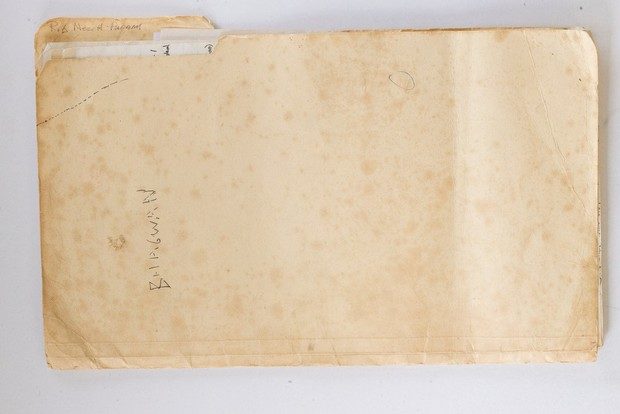
© Beth Nakamura | The Oregonian/OregonLive
She called her grandson back.
The file cabinet, in the summer of 1986, yielded its treasure after all: The folder contained notes that appear to reveal the Rajneeshees' dirty tricks playbook.They laid out murder conspiracies, bioterrorism, tampering with immigration records, the free rein of the commune's resident chemist and the bickering among the upper echelon on the rural ranch.The pages stayed private until today, finally revealed by the teenager, now a 45-year-old man who lives in Washington state.
At the time, his family didn't want to draw attention from the Rajneeshees, so the boy's father recommended that he tuck the file folder away with his coin collection.
"As much as I wanted to show this to a friend or neighbor, I never did," he said.
Then he heard about the new Netflix documentary "Wild Wild Country" and remembered his long-ago discovery. He reached out to The Oregonian/OregonLive with the folder and its 13 pages of mostly handwritten notes on legal-sized lined notebook paper.
"Maybe it's time I do tell somebody the story," he thought. "Maybe there may be some interest in it again."
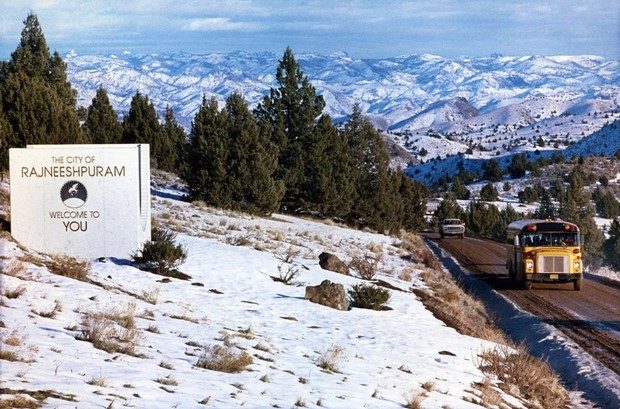
© Joel Davis | The Oregonian/OregonLive| File
The Oregonian/OregonLive asked a federal prosecutor who worked on the case to read them and a document verification expert to evaluate them.
They both said the papers appear to be legitimate, though there's no way to know for sure.
The man who offered them - and his father who bought the file cabinet - recounted much the same story of the concealed cache but asked not to be publicly identified
, citing concerns about a potential backlash from people still following the late guru.
The son initially let a reporter read portions of the papers and sought payment, but soon shared all of them after the news organization declined to pay.
The mysteries of the folder's origin and authenticity are the latest twists in a story that seems to have an endless supply.
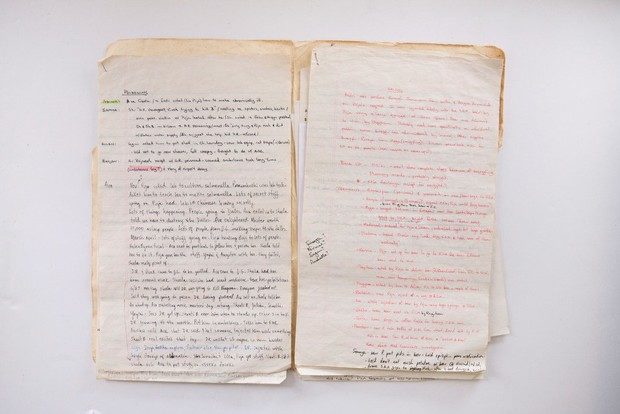
© Beth Nakamura | The Oregonian/OregonLive
The son remembers sitting on a bench in his father's workshop, drawn in by the bold headings on many of the pages as he flipped through them. "POISONINGS." "Abuse of Power." "Drug Abuse." "Unreported Deseases (sic)."
The pages talk about cultivation of salmonella bacteria in a makeshift laboratory dubbed the "Chinese laundry" as part of plans to "destroy The Dalles."One section recounts how followers tried to kill the Bhagwan's doctor, Swami Devaraj, through a surreptitious injection of adrenaline.Another section details what turned out to be a failed hit on a disgruntled disciple, Helen Byron. She successfully sued the Bhagwan's church, Rajneesh Foundation International, for not repaying a loan of more than $300,000.
Some of the money had gone to buy an armored Rolls Royce for the guru.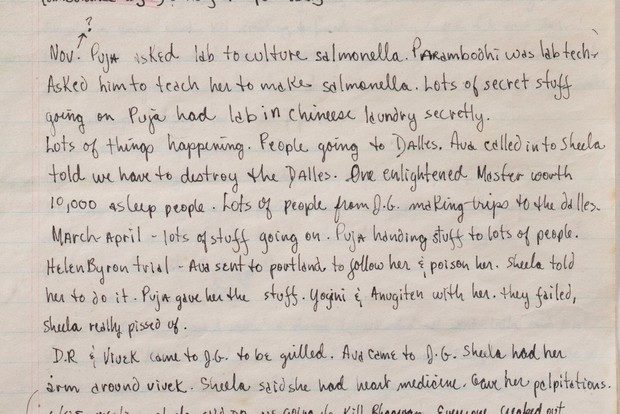
© Beth Nakamura| The Oregonian/OregonLive
"It does shake you up a little bit, but it's not a surprise," McGreer said last week after learning for the first time about the supposed plot against her when The Oregonian/OregonLive sent her an excerpt from the papers.
"Heaven knows, they were doing these kinds of crazy things," she said.
More than a dozen references mention the commune chemist Puja stirring up drugs to keep people in check at the ranch.
One page outlines how a psychiatric medication called Haldol was added to the beer of homeless people bused to the ranch by Rajneeshee leaders to boost their ranks and sway a local election.Other notes describe how two homeless men got "shipped out'" of the ranch and how "Blue Files" held fake names and backgrounds of people on the commune in case of an immigration raid.
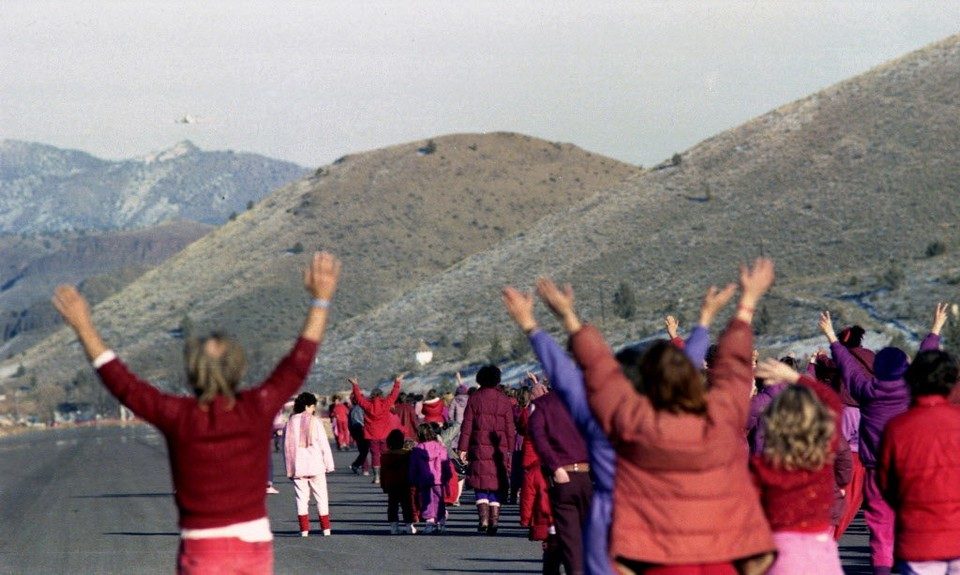
© The Oregonian/OregonLive file photo
Were the notes kept by an alarmed follower? An informant?
"If you ask me," said former prosecutor Robert Weaver, "this looks like inside information."
Weaver was chief of the criminal division in Oregon's U.S. Attorney's Office during the
prosecution of the Rajneeshee leaders and agreed to examine the folder and papers.
They seem like a running record of the improprieties at Rancho Rajneesh from two or more of the red-clad worshippers, known as the sannyasins.
"All these are bad things we've known about, but the detail of this is something else," Weaver said. "My guess would be these were people so disgusted with Sheela and the power group they decided to document what was going on for themselves."
Sheela would be Ma Anand Sheela, the Bhagwan's chief of staff who eventually pleaded guilty to state and federal crimes, including arson, attempted murder, wiretapping, poisoning and assault. She served two years and five months in federal prison.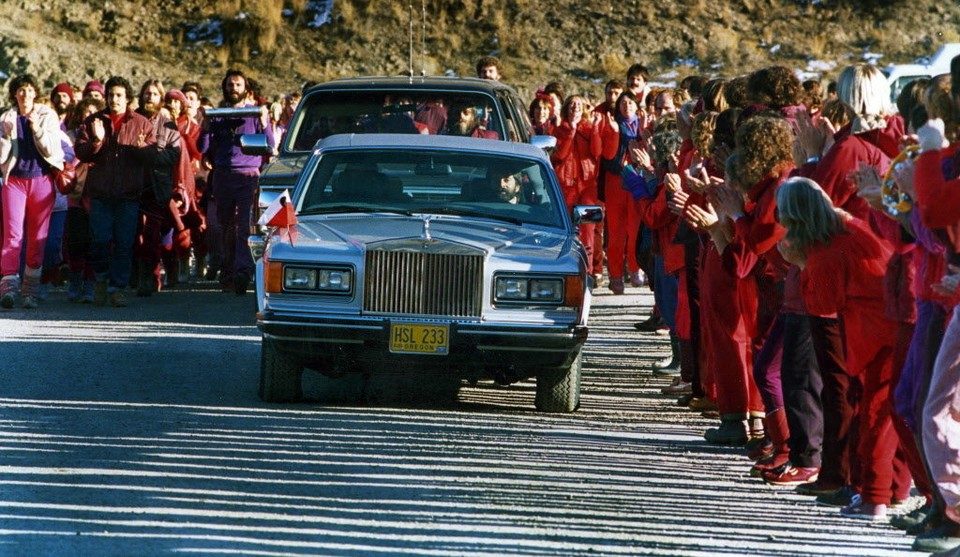
© The Oregonian/OregonLive file photo
The notes would have provided "really good leads to follow up on," Weaver said, if they had surfaced in the mid-1980s when federal grand juries were hearing evidence of immigration fraud, salmonella poisoning of 750 people in The Dalles, the attempted murder of the Bhagwan's doctor and other allegations.
Maybe the writers intended to show others what was really going on, Weaver said.
The accounts of infighting among followers strongly suggest the papers were maintained by Rajneeshees disillusioned by Sheela and trying somehow to keep a record of how she was corrupting things, Weaver said."Or maybe for some sense of self-protection," he said. "Perhaps they really wanted to restore the Garden of Eden and thought this isn't what we came for."PAGES SHOW SIGNS OF AGEThe manila folder and legal pad papers appear to be from that time, said Jacqueline Joseph, a certified forensic handwriting and document examiner based in Portland. She analyzed the folder and papers with a digital microscope to reveal indications of aging.
Joseph found that the 11 handwritten pages revealed signs of two or more writers based on patterns of uniquely formed letters, such as the lower part of an f or g. The other two pages are typed and showed flaking on certain letters, also a sign of aging, she said.Both the folder and papers exhibited signs of age-related deterioration, a process called foxing, which causes spots and yellowing or browning of paper edges.
Cracks in the white-out correction fluid used on one page also indicated significant aging, she said.
Though she didn't analyze the contents, she said she couldn't help but notice the incendiary claims.
"It was so fascinating," Joseph said. "I got right into it."

© The Oregonian/OregonLive
When he first read the papers, the boy thought he would have to turn them over to authorities.
He ran to his father's office. "I thought we'd have to move," he recalled. "I thought we'd have to go into a witness protection program."
But his father pointed out that many of the leaders had been indicted and arrested by then. Several had fled the country. The investigation was well underway. The papers probably wouldn't tell prosecutors anything they didn't already know, he figured.But they might become collector's items, he thought.
"I was reading that, and I was going, 'Wow, holy smokes.' I thought, 'My God, how could these people be doing this stuff. It was like real bad stuff," the father said in a recent interview. "I read somewhere about a failed attempt to execute the attorney general. I thought, 'It doesn't get any crazier than that.'"

© Claudia J. Howell | The Oregonian/OregonLive | File
He'd never had any suspicions about the Rajneeshees over the years he had done business with them, he said. He and his son had traveled to the ranch many times to deliver refrigeration and freezer equipment.
The Rajneeshees had never been anything other than pleasant and polite - "just one of my clients," he said. Only once were the father and son taken aback. They had been hunting for arrowheads near the ranch and men from the commune armed with Uzis approached them, wondering who they were and what they were doing.When his son found the folder, he advised: "Hold onto it, maybe it'll be worth something someday."

© Brent Wojahn | The Oregonian/OregonLive | File
The papers stayed concealed under a metal box that held the teenager's coin collection in his bedroom closet. Wherever he moved, the papers followed: from Terrebonne to Portland, Portland to Gresham, Gresham to Georgia and Georgia to Washington state. He last kept them in a gun safe, secure in a plastic bag, mixed in with other important documents.
He took them out about eight months ago after his dad sent him an online link to an early Oregonian series marking the 25-year anniversary of Rajneesheepuram's disintegration.
As he reread them, he was shocked by how much the handwritten notes appeared to match up with the actual events. "I was like, 'Wow, this is more damaging than I actually remembered," he recalled.
Then came the Netflix documentary and he sent an email to the newsroom.
As he handed the folder to a reporter, he smiled at what he had scrawled on the back in pen at age 14.
The two words still rang true: "Simply fascinating."
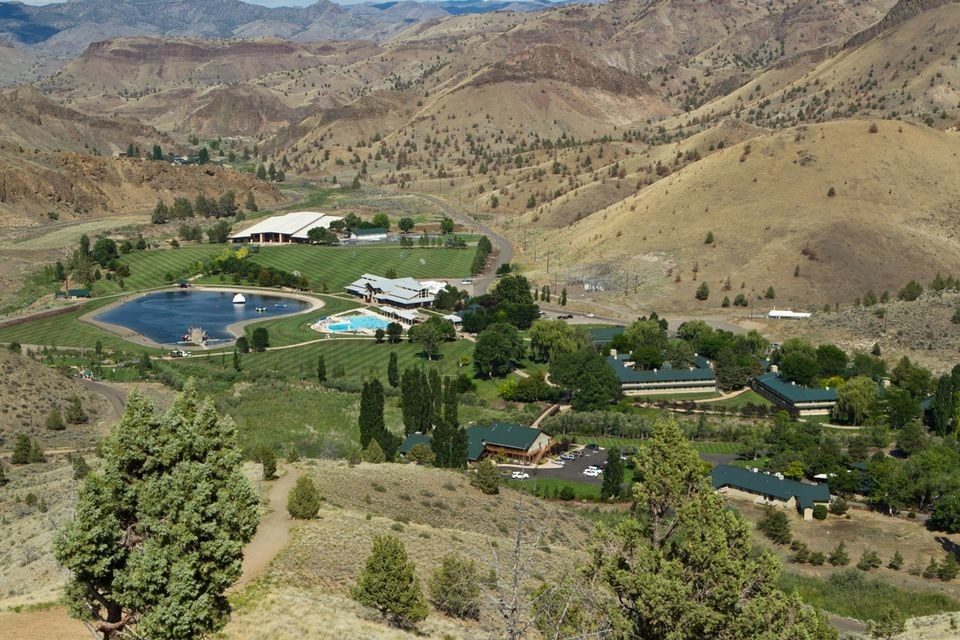
© Ben HerrHere’s what Rajneeshpuram looks like today. This is Young Life's Washington Family Ranch, which opened in 1999 on the former commune site near Antelope.
Comment: See also: Inside the Rajneesh guru secret files: Drugs, poisoning and fraud